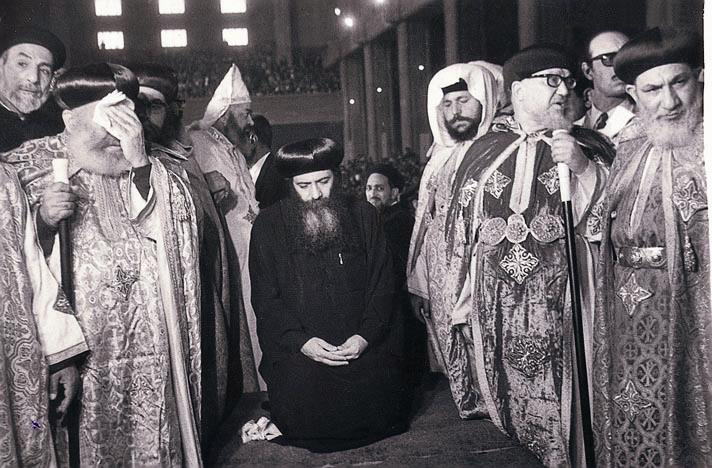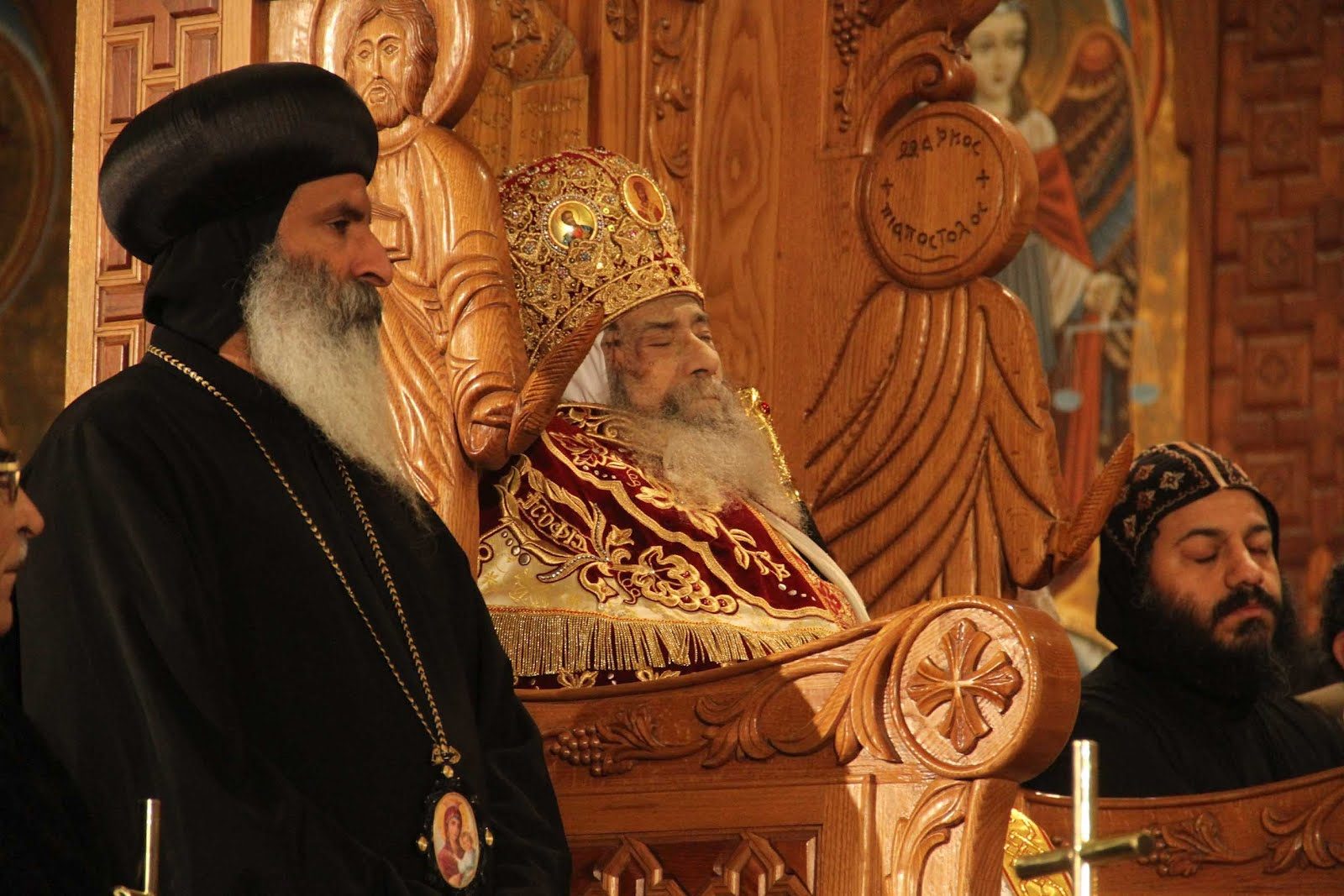HH Pope Shenouda III
His Holiness Pope Shenouda III, 117th Pope of Alexandria, was born on August 3, 1923 in the city of Sohag in Upper Egypt; he was given the name of Nazir Gayed Raphael. His mother died immediately after his birth and was taken care of by his father and his older brother, “Raphael”.
In his final year at the Faculty of Arts, he joined the Seminary and obtained the bachelor’s degree in three years, and worked an Arabic and English teacher.
Please login to join discussion






